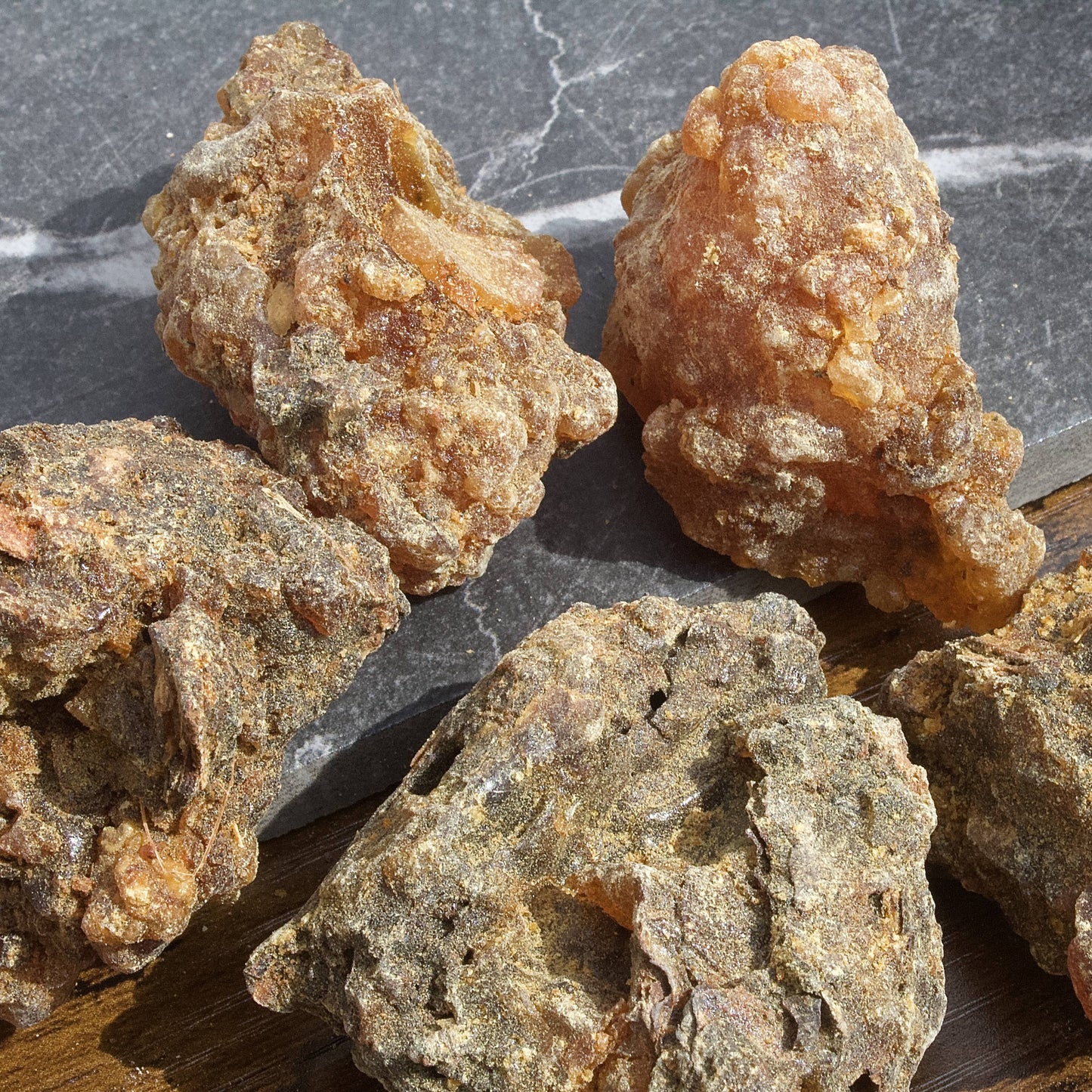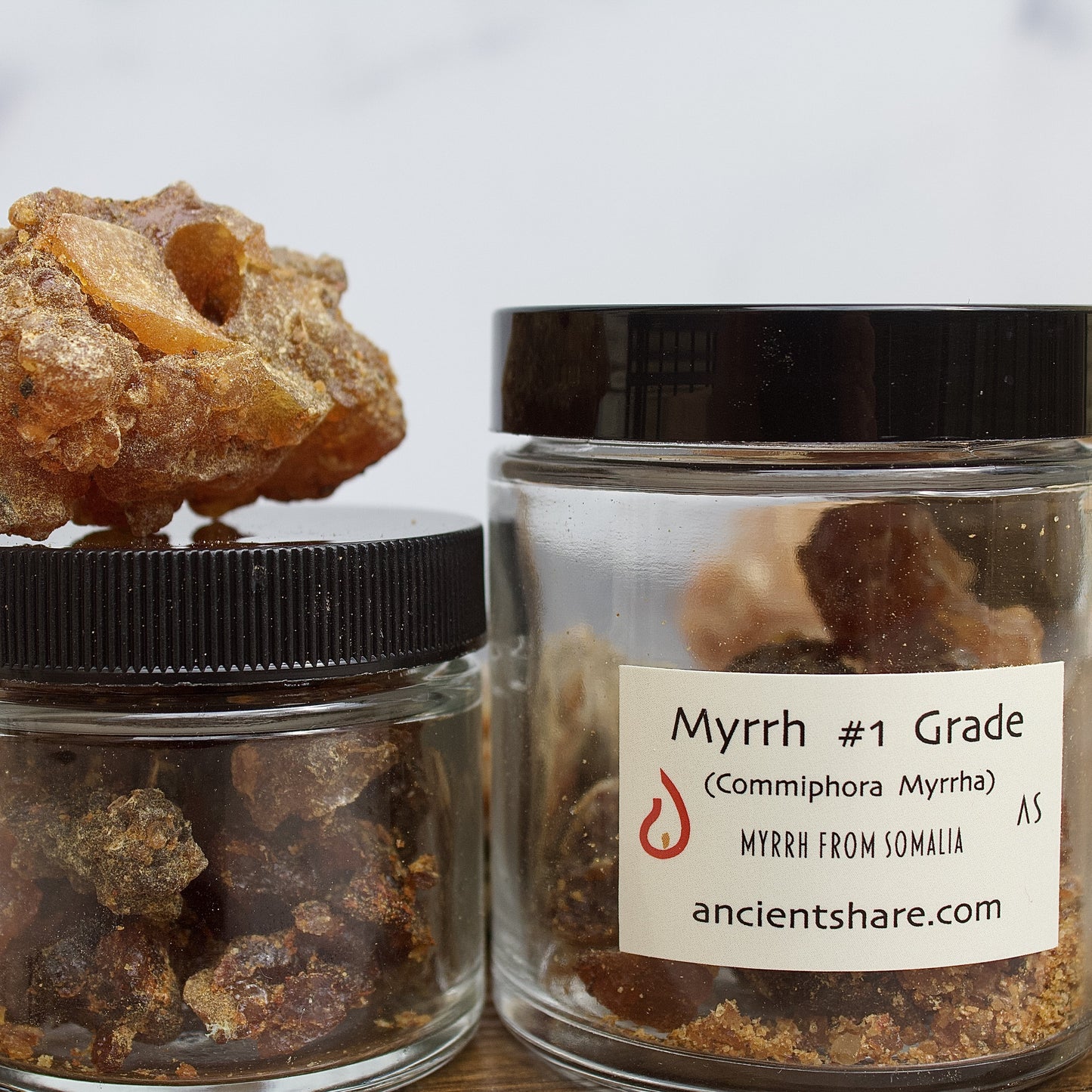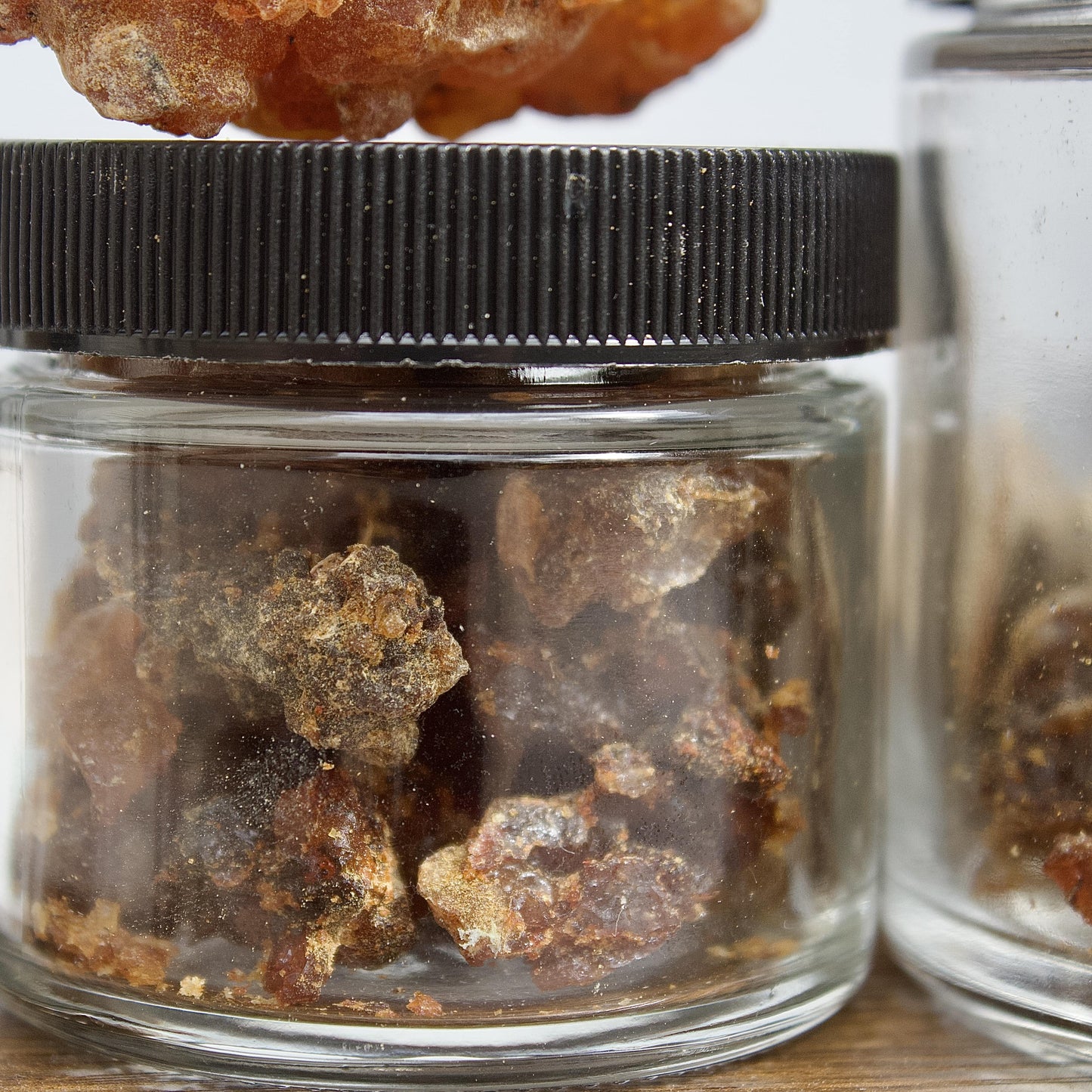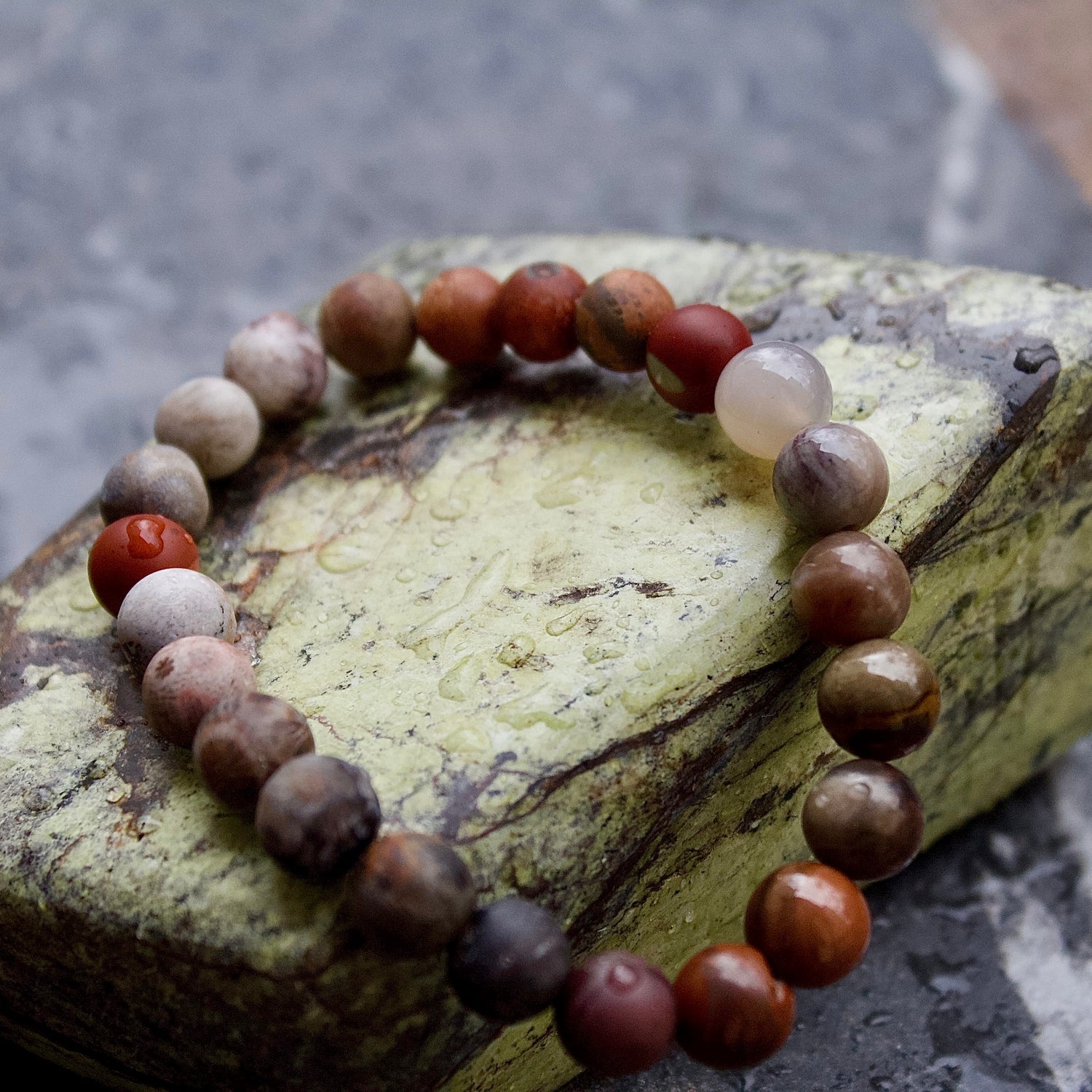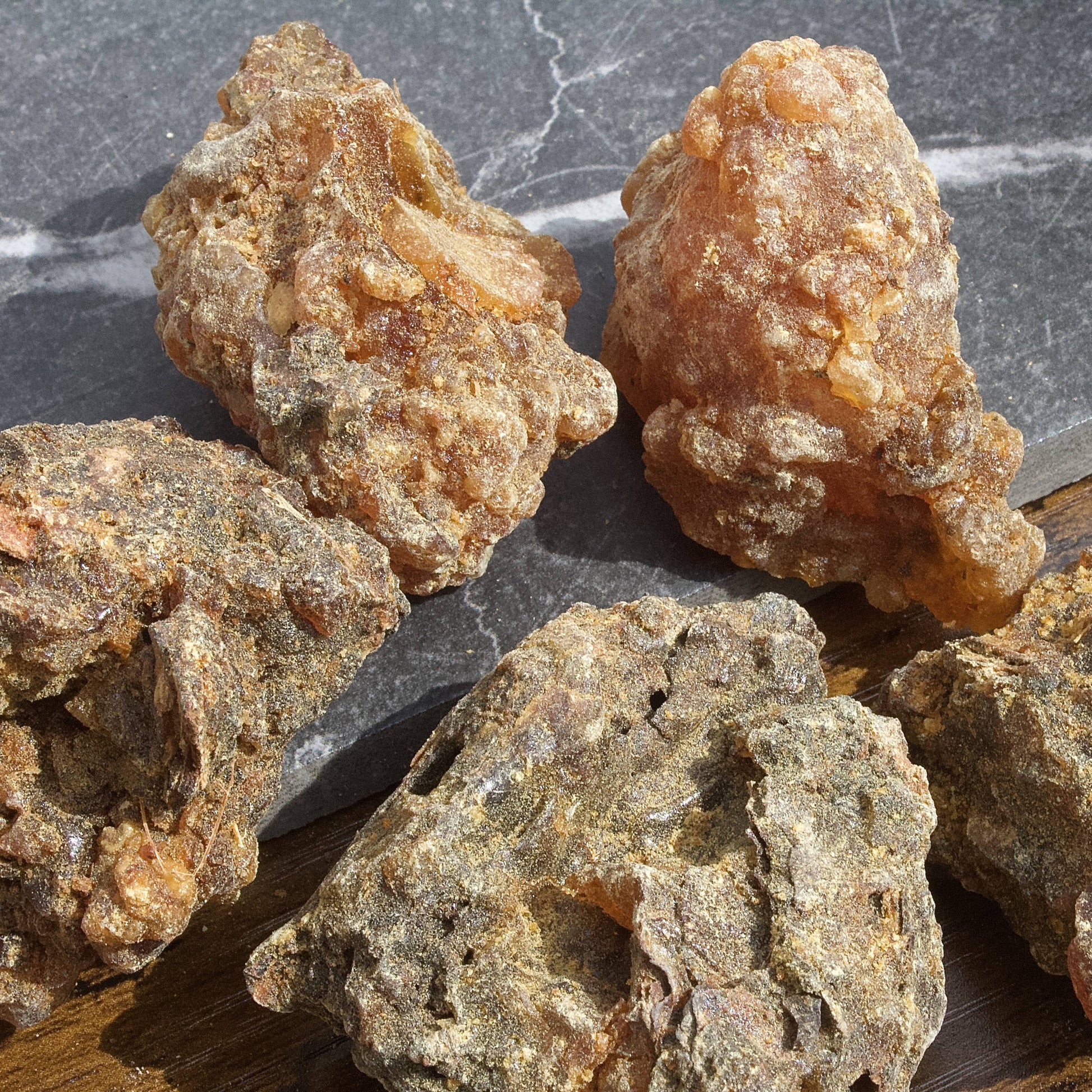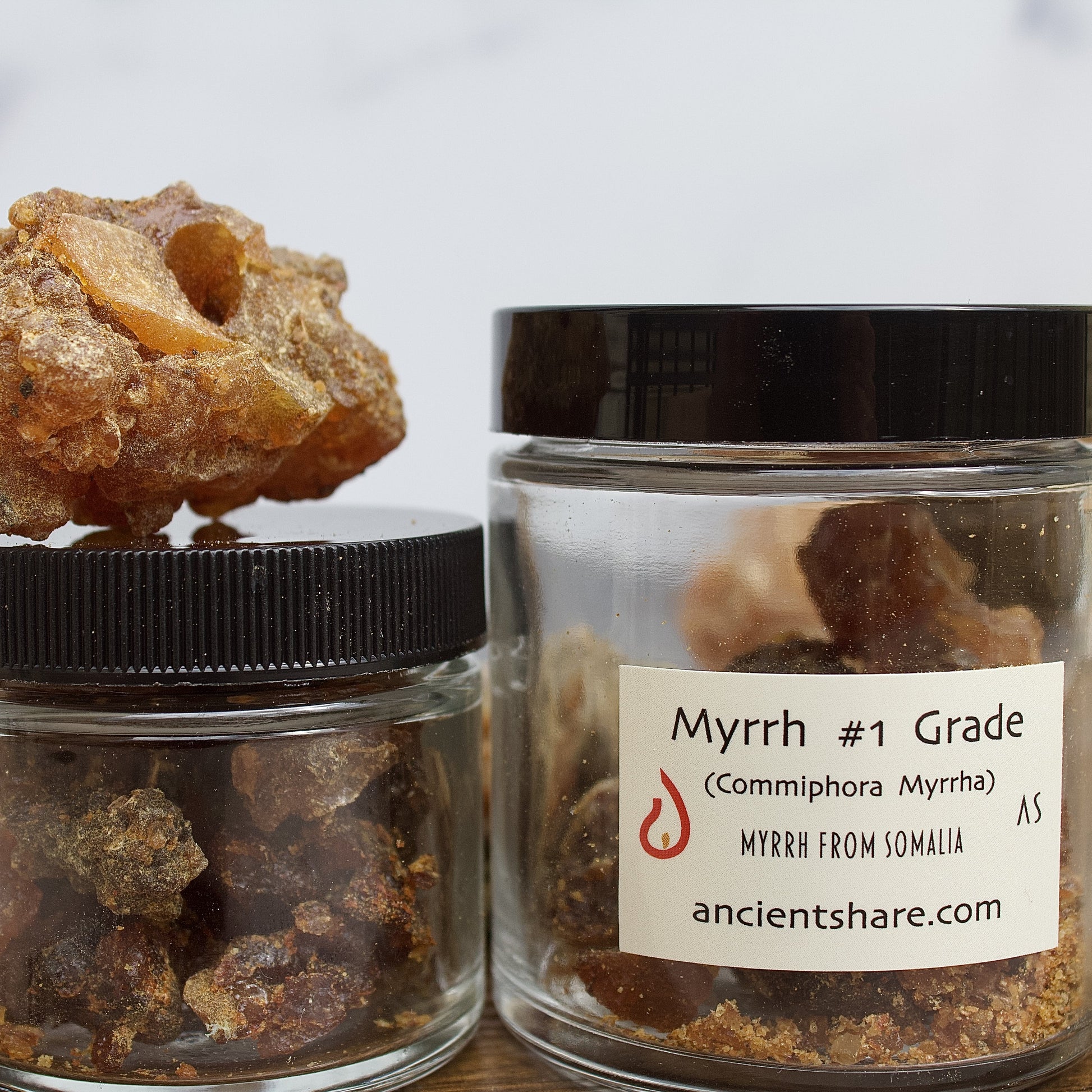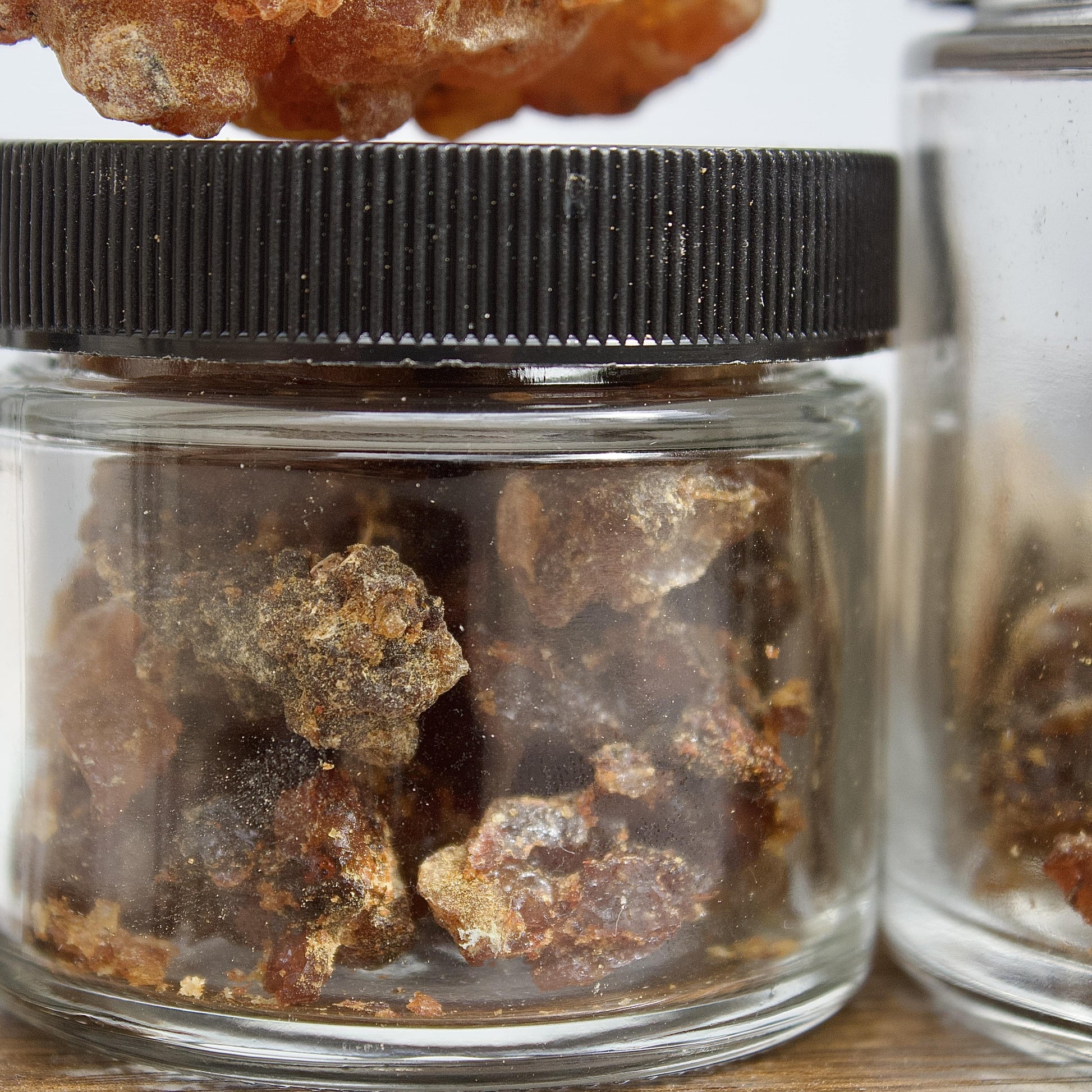Ancient Share, LLC
Suhul Myrrh - #1 Grade from Somalia
Suhul Myrrh - #1 Grade from Somalia
Couldn't load pickup availability
Myrrh is a tree in the Commiphora genus, mainly harvested in the regions of Ethiopia, Somalia, and Arabia. When its bark is pierced, it produces and flows the resin to the wounded spot to solidify and heal.
Our myrrh is the "suhul" variety ("suxul" in the Somali language) - meaning sustainably harvested. In normally available commercial grades of myrrh, the bark is pierced by a knife, forcing the tree to flow the gum-resin. With our suhul variety, the collectors in Somalia patrol thousands upon thousands of acres to find trees with natural breaks in their barks, such as weak points in the branches, their own thorns piercing, damage done by storms or wildlife, etc, and collect the resin that has naturally flowed off - and not encouraged to be produced by piercing with a knife. This is a far more healthy way to collect incense as there is no intentional damage done to the tree, and only the excess resin is collected. You may enjoy the scent knowing it was consciously collected.
Myrrh has a rich and ancient history in the Near East dating back to biblical times, being worth even more than its weight and gold - and far before this time as well. Records exist of ancient Egyptians importing myrrh as far back as five thousand years ago.
I find this particular resin is soft-brittle, and smells slightly woody, sweet, and gives a peculiar sensation of going "in the middle" of the nose, as in, a sort of concentrated smell, almost like the sushumna as opposed to the ida or pingala, to give a yogic analogy. It is difficult to describe; I see why it was so prized since ancient times for use in temples, as it sets a perfect ambiance for stillness and meditation.
Directions for Enjoyment:
Use our mortar and pestle to break apart the large chunks.
Using tongs (included with our censers), hold the charcoal on one end and use a butane or other torch or lighter to light one end, or opposite sides, of the tablet. Within seconds it will turn white on the edge. Place it on top of the bed of ash. Wait 20-30 minutes for the tablet to fully turn grey, then (still using tongs) place in the hole, then cover with ash and poke a hole in the top covering ash down to the tablet (don't poke the tablet, this is an air hole so the tablet will stay lit).
Then, on top and to the side (not covering the air hole) place a mica plate or a foil sheet, and place the resin incense on that. After a few minutes the incense will slowly melt and bubble and release fragrance.
If the incense is charring, turning black, smoking horribly -- you have placed it too close to the charcoal. These tablets get very hot and need space between the burned material.
Note: do not directly inhale incense. It is not an herb for smoking, it is meant to be smelled in the room, not consumed. Also note: this will produce a lot of smoke.
I find that after lighting in the night, the next morning the scent is best.
Also note: You may receive a large or small jar. They are both the same weight you selected, there is no difference, other than the larger jars will contain larger chunks, yet still plenty of ground pieces for you to start without needing a mortar and pestle (though it will definitely be handy to have for the future). They are selected at random, and are different to minimize shipping room if ordering other items.
If you find the piece is too sticky to break apart, you may freeze it for ~20 mins, but all pieces in the jars should be easily manageable. As well, you will get many uses out of a single ounce. It will last awhile.
Please note this myrrh has been crushed to small pieces for those who do not have a mortar and pestle. If you prefer large chunks, let us know.
Care information
Care information
